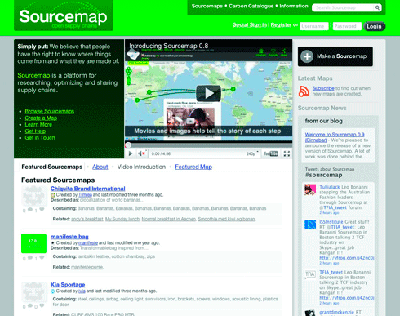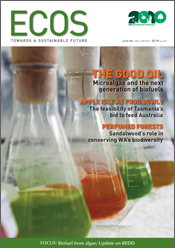
|
Published: 20 December 2010
Mapping the impacts of consumer choice
For most of us, the news that our mobile phone contains an RF SAW filter from Lamphun, Thailand and an EDS array from Sichuan, China means very little. But, consumers may be interested to know that their phone contains 50 such mysteriously named components, from almost as many locations, in a supply chain more than 325,000 km long with a total carbon footprint of 13.61 kg CO2e (carbon dioxide equivalents).

|
|
Sourcemap shows the origns of the components of many common consumer items, here a typical laptop. Credit: www.sourcemap.org
|
Sourcemap (www.sourcemap.org), a free open-source project of MIT’s Medialab asks: ‘Have you ever wondered where things come from?’ It maps the journey of the mobile phone, and many other consumer goods, from supplier to customer. Sourcemap’s ‘lifestyle assessment calculator’ goes some way to answering consumer questions about where and how products are made, with a suite of satellite visualisations that users can build and add to.
User-generated lifestyle maps pinpoint the locations of all the parts and materials required to build a particular item, from clothing to furniture or electronic products. A detailed list explains the weight, origin and shipping for each component, and the total carbon footprint of manufacture is displayed on a ‘receipt’. Users can also take into account delivery to their address, as well as the impact of using the product.
Travel maps allow the user to measure the carbon footprint of a fly-in business meeting, or perhaps calculate the other costs of holding a wedding in an exotic locale. Food maps add up the carbon footprint of a meal, enabling diners to compare the impact of switching to local ingredients or going vegetarian.
The site’s information about carbon footprints is sourced from a range of publicly available databases, and the Sourcemap FAQ admits that ‘almost none’ of these sources agree. Yet, despite variations in data, the site provides compellingly visual demonstrations and comparisons of supply chains, linking the act of purchasing, dining or flying back to the broader environmental impacts that so often remain hidden from consumers.



